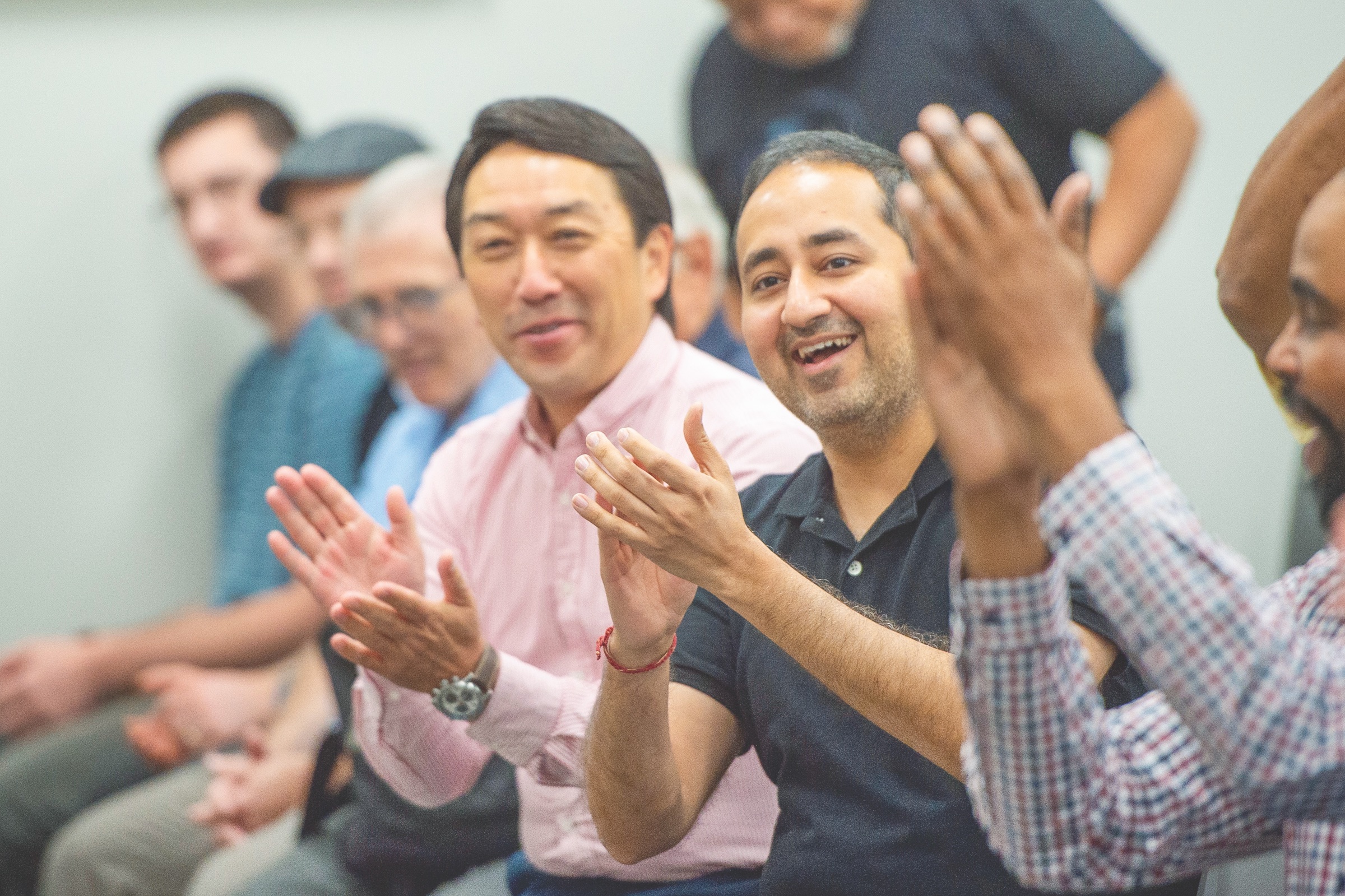Nov. 28, 2021, will mark 30 years since the Nichiren Shoshu priesthood excommunicated 10 million SGI members, signifying our spiritual independence from the authoritarian priesthood. Leading up to this anniversary, this series will focus on important themes and events related to the priesthood issue based on key excerpts from The New Human Revolution, volume 30. Ikeda Sensei appears in the novel as Shin’ichi Yamamoto.
The Soka Gakkai has always upheld and spread Nichiren Buddhism, which Nichiren Daishonin established as a universal teaching for bringing about happiness and peace for all humanity. Despite its relentless efforts to forge harmonious unity with the priesthood, in 1979—in what is called the first priesthood issue—existing tensions between Nichiren Shoshu priests and the Soka Gakkai rose to the surface.
Bolstered by an incident caused by an arrogant Soka Gakkai leader, the priesthood ramped up their efforts to remove Ikeda Sensei as head of Nichiren Shoshu laity and Soka Gakkai president. Their aim was to sever the mentor-disciple relationship between Sensei and the Soka Gakkai members.
Learning From ‘The New Human Revolution’
In the “Great Mountain” chapter in The New Human Revolution, referring to the priesthood’s actions, Sensei cites Nichiren Daishonin’s admonition that it is people from within the Buddhist community who, though having the appearance of sages, conspire to disrupt the flow of kosen-rufu. He writes:
The priests, who claimed to be Nichiren’s disciples, harassed and oppressed the Soka Gakkai, which did nothing but selflessly propagate the Law, just as the Daishonin had instructed. This unthinkable state of affairs had persisted from prewar days.
When viewed in the light of Buddhism, however, the situation becomes absolutely clear. The Daishonin tells us who it is that will destroy Buddhism: “Neither non-Buddhists nor the enemies of Buddhism can destroy the correct teaching of the Thus Come One, but the Buddha’s disciples definitely can. As a sutra says, only worms born of the lion’s body feed on the lion” (“Letter from Sado,” The Writings of Nichiren Daishonin, vol. 1, p. 302).
It is the followers of Buddhism, not non-Buddhists and others who denounce Buddhism, who will destroy it.
Shin’ichi [Yamamoto] was reminded of a stern warning delivered by his mentor: “Kosen-rufu will never advance without the Soka Gakkai. Those who seek to destroy the Soka Gakkai, a harmonious community of practitioners, are in fact obstructing kosen-rufu!” … Shin’ichi thought: “The Soka Gakkai is the organization that Mr. Toda declared to be more precious than his own life. I absolutely must protect the Soka Gakkai and its members.” …
He wasn’t afraid to bear the brunt of the priesthood’s attacks if it meant protecting his beloved fellow members. He had vowed from the day of his inauguration as third president that he would take full responsibility if anything happened. That vow remained unchanged.
The United Resolve of Mentor and Disciple Is the Lifeline of the SGI
In Buddhism, the relationship between mentor and disciple is indispensable in achieving kosen-rufu and building genuine happiness. The Lotus Sutra states, “If you stay close to the teachers of the Law, you will speedily gain the bodhisattva way” (LSOC, 208). The oneness of mentor and disciple is based on equality and on sharing the same wish and aspiration as the Buddha. Sensei writes of this relationship:
The mentor in the Soka Gakkai is the leader of the Bodhisattvas of the Earth who appear in the present age with a vow to widely propagate the Mystic Law; the mentor also serves as the main axle for the advance of kosen-rufu. When the disciples’ resolve aligns with that of the mentor, the wheels of kosen-rufu begin to move powerfully. That’s why the unity of mentor and disciples is the lifeline of the Soka Gakkai.
To gain the wisdom and courage to remain unswayed by devilish functions that aim to harm the Soka Gakkai and obstruct kosen-rufu, let us continually seek from Sensei’s example while uniting with fellow Soka Gakkai members to spread the Mystic Law for the happiness, peace and prosperity of all people and society.
You are reading {{ meterCount }} of {{ meterMax }} free premium articles

